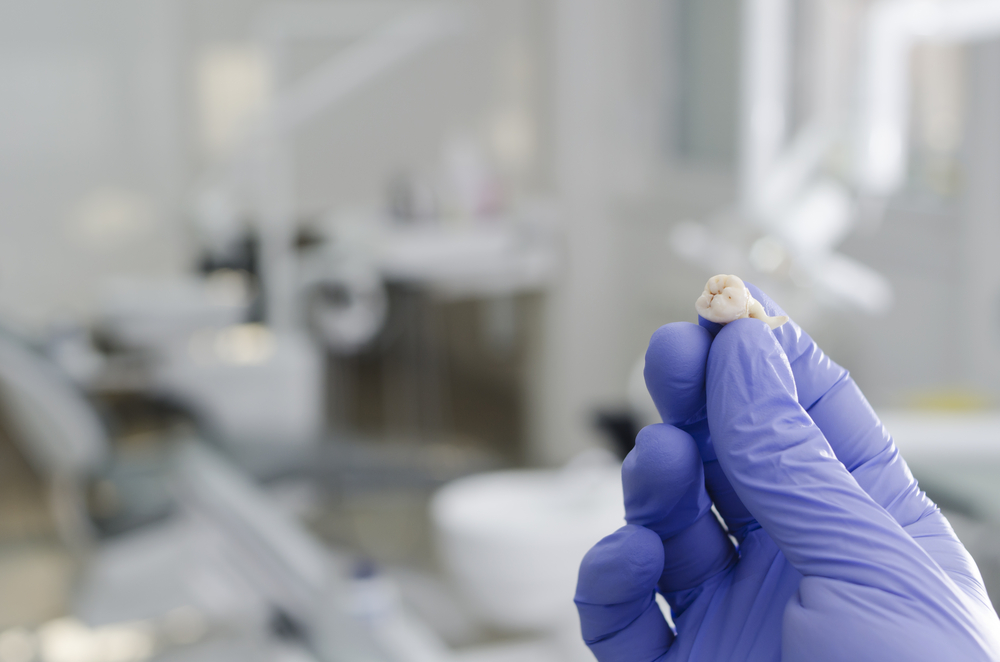The Diagnosis and Management Of Dentinogenesis Imperfecta
Our oral health is affected by many factors, many of which we have a great deal of control over. Most of us can protect our dental health with a committed dental hygiene routine that involves consistent brushing, flossing, and mouthwash use. However, some individuals are affected by one or more conditions that make maintaining oral health more challenging. Genetic conditions such as dentinogenesis imperfect cannot be controlled or prevented with consistent hygiene, so additional steps are necessary. Birch Point Dental Clinic is here to help patients struggling with complex oral health concerns protect their smile for years.
The Diagnosis and Management Of Dentinogenesis Imperfecta
Awareness of how our teeth are composed is important in understanding how this genetic condition impacts our oral health. On the exterior of our teeth is a sturdy layer of enamel, the strongest substance our body can make. Beneath that layer is the dentin, a thick but porous material between our enamel and the pulp. At the center of our teeth can be found the pulp, the fleshy living heart of our tooth, and the home of its nerves.
The symptoms of this condition are the result of its impact on the development of our enamel. These include the discoloration of the tooth, which is typically yellow-brown or blue-gray in color. The enamel is typically translucent, meaning that part of the color change is due to the visibility of the tooth’s interior. In addition, the enamel is brittle and prone to fast wear or breakage.
There are three categories of dentinogenesis imperfect.
- Class I: Defined as being caused by osteogenesis imperfecta, a genetic condition that causes our bones to develop imperfectly. This causes both the bones and teeth to be more brittle and prone to breakage.
- Class II: This is the most common form and impacts the patient’s adult and baby teeth. Patients with this condition typically have teeth that appear gray or amber due to enamel chipping after they erupt.
- Class III: Patients with this form of dentinogenesis imperfecta experience rapid degradation of the dental crowns in both baby and permanent teeth. It’s common for the dental pulp to be exposed, which may be smooth, opalescent, or amber-colored. The root canals and pulp chambers often appear enlarged in the primary teeth.
The most common approach to treatment for this condition is fluoride treatments and dental sealants. However, when the structure of the teeth has become compromised, restoration dental treatments are often used. These include veneers, crowns, fillings, and dental implants. The most important thing you can do to protect the health of your teeth if you have DI is to maintain a consistent and rigid dental hygiene routine.
Schedule A Visit To Birch Point Dental Clinic To Learn More
If you’re struggling with a complex dental condition such as dentinogenesis imperfecta, contact our clinic at (807) 698-8838, or visit our offices in Thunder Bay, ON P7B 3B7, Canada. We’re here to help you address even the most challenging oral health conditions and keep your smile looking fantastic for years.





